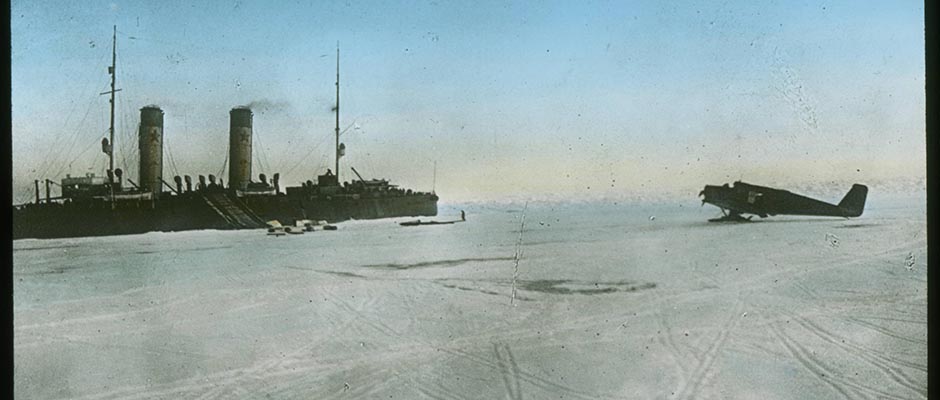-
Kandalaksha
Encyclopedia Arctica 10: Soviet North, Geography and General
Unpaginated | Vol_X-0141
Form for receipt of article "Kandalaksha"
001 | Vol_X-0142
500
KANDALAKSHA, a centuries-old fishing village founded by escaped and
former convicts ("kandaly" is Russian for fetters), lies [ ?] [ ?]
[ ?] north of the Arctic Circle on both banks of the [ ?]
[ ?] mouth of the non-freezing Niva River at the extremity of the Gulf
of Kandalaksha, which separates the Kola (Murmansk) Peninsula from the
mainland. The immediate neighborhood of the town is a lowland with
highly incised shoreline and a large archipelago of islands. By vir–
tue of its geographical location, it was inevitable that any railroad
to Murmansk must pass through here, and when that railroad was built
to receive Allied supplies in 1916, the village began to grow. However,
that brought only an increase in population to 4,195 (1926), but the
modernization of the railroad thereafter, the development of the port
of Murmansk and the remarkable natural resources of the peninsula caused
a rapid influx. [ ?] By 1935 [ ?] there were 17,100 in–
habitants. A sawmill, printshop and [ ?]
[ been?] electric power plant, steam-operated, had been built, as well as
a fish cannery of 5,000,000 standard tins annual capacity.With the
building of the White Sea-Baltic Canal a second means of transport (in
addition to the railroad) became available, and, accordingly, a four-
year port improvement project was carried out at Kandalaksha. Its trans–
port facilities made the town a logical location for the processing of
Kola minerals, and aluminum oxide and superphosphate plants were erected
there, the aluminum refinery having 20,000 tons annual capacity. It [ ?]
[ ?] went into operation in 1939, at which time the population of the
town had risen to 30,000. Its importance as a railway division point
grew greatly with the completion of the large Niva-II hydroelectric
plant 11 miles north of the town, making possible the conversion of
the railroad to electric traction between Kandalaksha and Murmansk.
This made Kandalaksha in every way part of the economy of the Kola Penin–
sula, so that the county of which it is the seat, including territory
some miles to the south, was [ ?]
002 | Vol_X-0143
from transferred from the jurisdiction of the Karelian Autonomous Soviet
Socialist Republic [ ?] to that of [ ?] Murmansk Oblast (cf.).
Whereas developments prior to World War II caused Kandalaksha, despite
its [ ?] five-fold growth, to lag behind the [ ?]
[ ?] turbulently expanding cities of Murmansk, Kirovsk and Monchegorsk
in population, construction now in progress presents the possibility of
passing all but Murmansk. 17 miles south of Kandalaksha, at Ruchi, a
railroad has been built 60 miles westward to the Finnish frontier, link–
ing with that country's network, opening the resources along the right-of-
way to exploitation, and furthering international overland trade [ ?]
with Scandinavia. Most important is the completion, [ ?]
[ ?] probably in 1949, just two miles north of the town, which has grown
out to meet it, of the immense Niva-III power plant (cf.) This will make
possible the expansion of existing industry, including a small machine
manufacturing enterprise erected previously, and new construction.William Mandel
x4 x8 ﹍ x84

